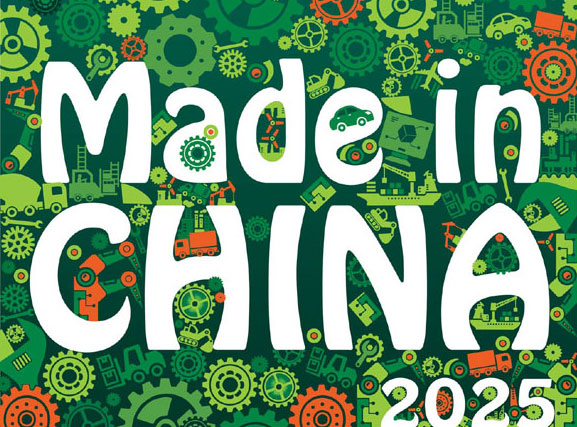Growth and reform
Updated: 2016-01-01 08:16
By Andrew Moody(China Daily Europe)
|
|||||||||||
He believes a big policy risk will be the reform of state-owned enterprise and the difficulties in engineering genuine market reform.
"The problem with these enterprises is that they do not really operate in a free-market environment. Very often the government is the main customer, buyer and even supplier, so to expect them to suddenly act like their Western counterparts is very difficult. This could be a very long process."
The new year begins against the backdrop of the US Federal Reserve Bank's move on Dec 16 to increase its benchmark rate by 0.25 percentage point.
It was the first tightening of monetary policy in the West for seven years and could be one of a number of such rises in 2016.
Paul Mason, author of Postcapitalism: A Guide to Our Future, and also economics editor of Channel 4 News in the United Kingdom, says this could be a test for the global economy.
"We are not yet at the peak of the recovery cycle and we will find out whether the global economy can survive without stimulus because the Americans have finally withdrawn it."
Regardless of any rate increases, it is clear that the US economy, which reported 2 percent third quarter growth on Dec 22, cannot build up any real momentum while there are headwinds elsewhere.
"Unlike 20 years ago, the US economy cannot really power ahead if the rest of the world is not moving, and I think that became obvious over the last year and was reflected by the difficulties the Fed had in beginning this tightening process, postponing a widely expected interest rate move in September," adds Kuijs at Oxford Economics.
Higher US interest rates could lead to further capital flight from China and other emerging markets and also have a destabilizing effect on the Chinese yuan.
There was market turmoil after the People's Bank of China moved to a more market-oriented exchange rate mechanism on Aug 11 but despite this, the value of the yuan fell by only 3 percent in 2015.
Bank of America Merrill Lynch, however, is forecasting an overall 10 percent decline in the yuan-dollar exchange rate.
Today's Top News
Trading halted after shares fall 7% in opening minutes
China voices its 'resolute opposition' to DPRK test
Design exhibition to attract Chinese art works
Germans shaken by mass attacks on women
Concerns grow over Saudi-Iranian rising tensions
Obama tightens gun rules, requires background check
Refugee boy becomes first casualty in 2016
China's high-tech exports beat Japan and South Korea
Hot Topics
Lunar probe , China growth forecasts, Emission rules get tougher, China seen through 'colored lens', International board,
Editor's Picks

|

|

|

|

|

|






